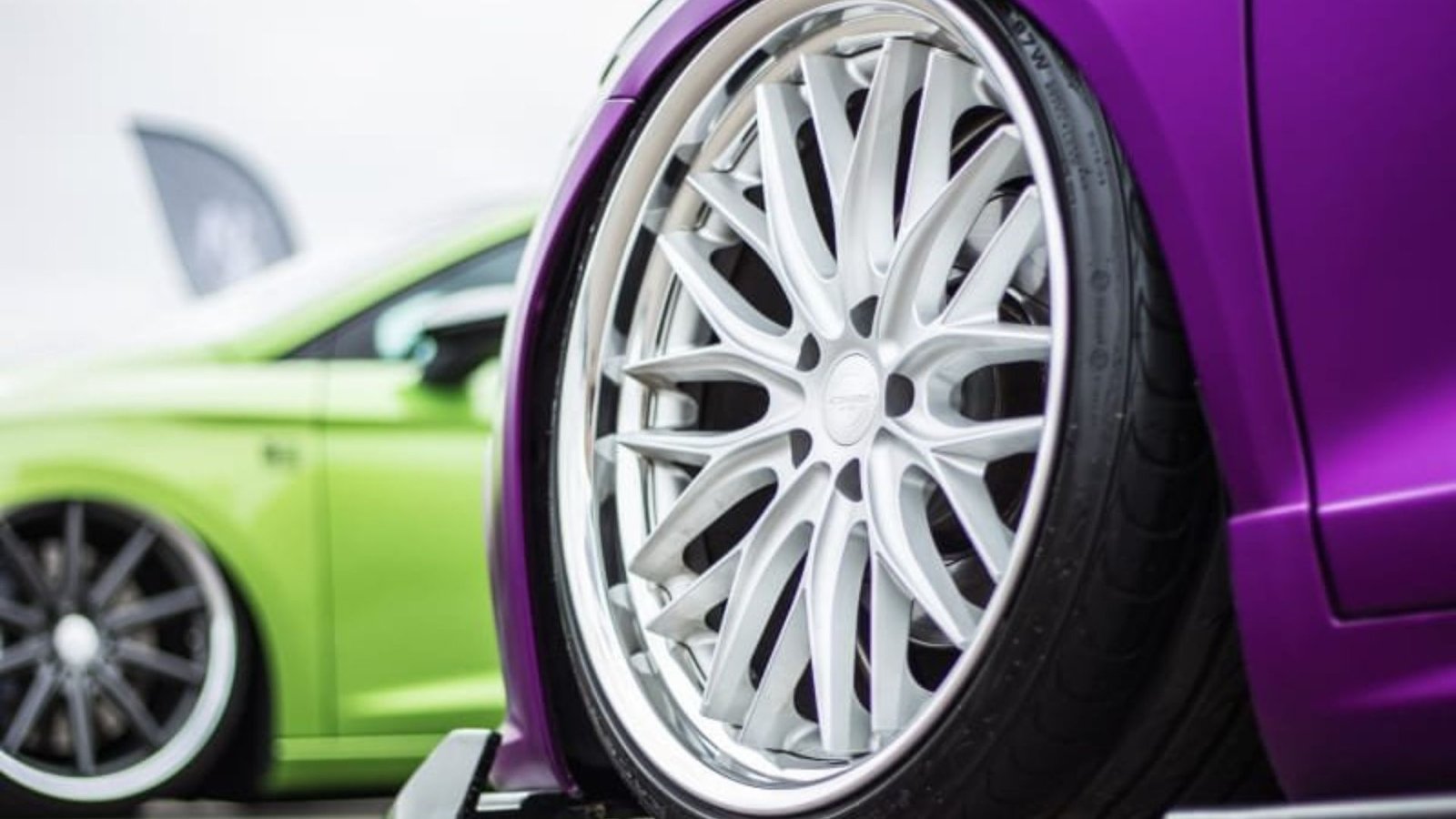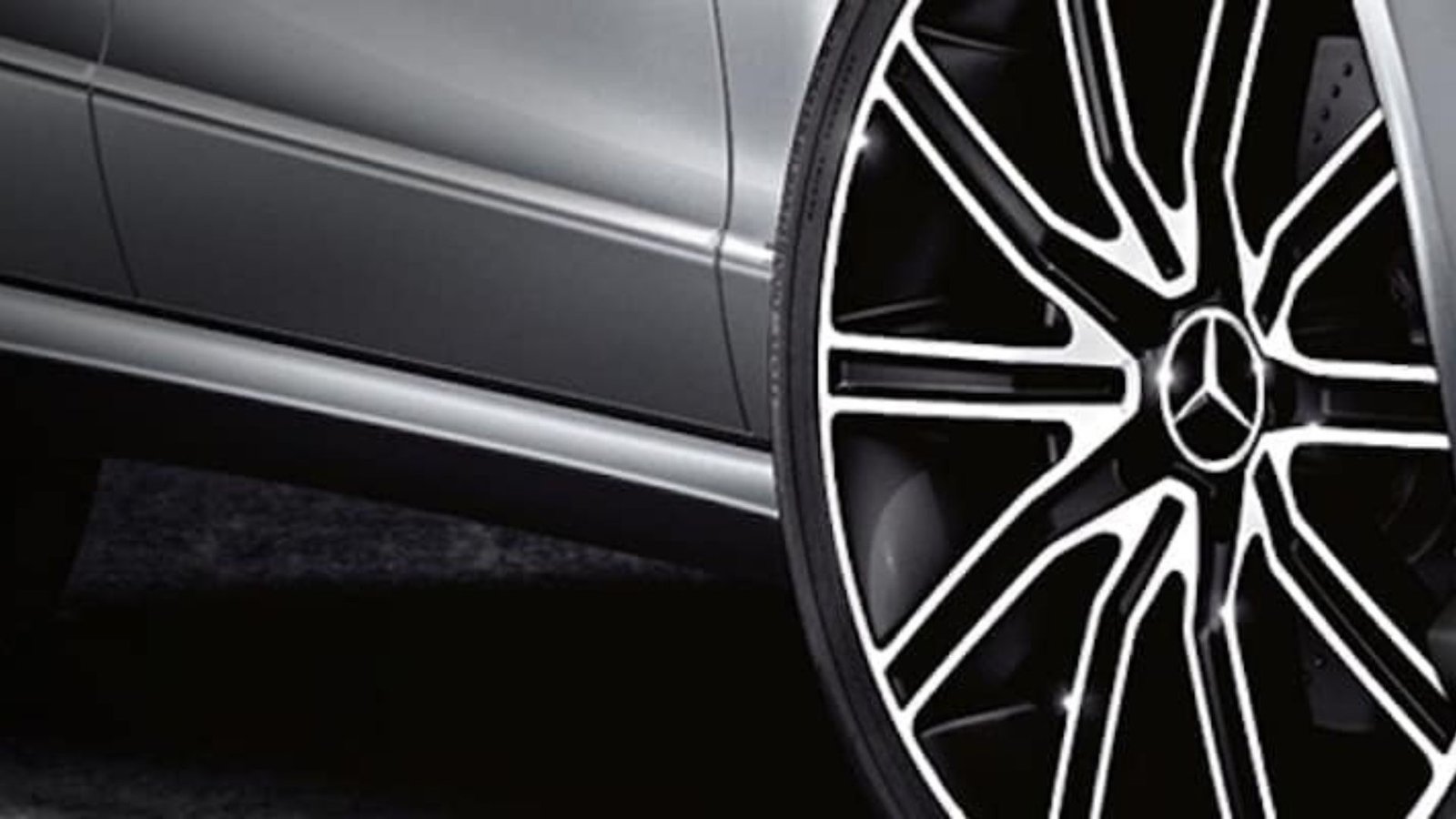Car wheels are more than just round objects that help your vehicle move. They play a crucial role in performance, safety, and style. Whether you’re upgrading your wheels or just curious about how they work, this ultimate guide covers everything you need to know about car wheels.

1. Types of Car Wheels
1.1 Steel Wheels
Overview: Steel wheels are a durable and cost-effective option.
Key Features:
- Material: Made from stamped steel.
- Durability: Known for their strength and resistance to damage.
Benefits:
- Affordability: Generally cheaper than alloy wheels.
- Durability: Less likely to crack under stress.
Drawbacks:
- Weight: Heavier than alloy wheels, which can impact fuel efficiency and handling.
- Aesthetics: Less stylish compared to alloy or forged wheels.
1.2 Alloy Wheels
Overview: Alloy wheels are a popular choice due to their balance of strength and style.
Key Features:
- Material: Made from a mix of aluminum and other metals.
- Design: Available in various styles and finishes.
Benefits:
- Lightweight: Generally lighter than steel wheels, which improves handling and fuel efficiency.
- Aesthetic Variety: Comes in a range of designs and finishes.
Drawbacks:
- Durability: Can be more prone to damage compared to steel wheels.
- Cost: Typically more expensive than steel wheels.
1.3 Forged Wheels
Overview: Forged wheels are known for their superior strength and lightweight properties.
Key Features:
- Manufacturing: Made by forging a solid block of metal.
- Design: Often custom-designed for high performance.
Benefits:
- Strength: Extremely durable and resistant to impact.
- Performance: Reduces unsprung weight, enhancing handling.
Drawbacks:
- Price: One of the most expensive wheel options.
- Availability: Less common and might require special ordering.
2. Wheel Sizes and Measurements
2.1 Diameter
Overview: The diameter of a wheel is the measurement across the wheel from one edge to the other.
Key Considerations:
- Standard Sizes: Common diameters range from 14 to 22 inches.
- Impact: Larger diameters can enhance appearance and handling but may affect ride comfort and fuel efficiency.
Benefits:
- Visual Impact: Larger wheels can give your car a more aggressive or sporty look.
- Handling: Bigger wheels can improve handling and cornering.
Drawbacks:
- Comfort: Larger wheels can result in a harsher ride.
- Cost: Generally more expensive and can affect fuel economy.
2.2 Width
Overview: Wheel width affects stability and handling.
Key Considerations:
- Standard Widths: Common widths range from 6 to 12 inches.
- Wider Wheels: Provide better traction and stability but may require wider tires.
Benefits:
- Traction: Wider wheels can improve grip and stability.
- Performance: Enhances cornering and handling.
Drawbacks:
- Fuel Efficiency: Wider wheels can increase rolling resistance and reduce fuel efficiency.
- Cost: May require more expensive, wider tires.
2.3 Offset and Backspacing
Overview: Offset and backspacing determine how the wheel aligns with the vehicle’s suspension and body.
Key Considerations:
- Offset: The distance between the wheel’s centerline and the mounting surface.
- Backspacing: The distance from the wheel’s mounting surface to the inner edge.
Benefits:
- Alignment: Ensures proper fitment and clearance.
- Handling: Affects vehicle handling and stability.
Drawbacks:
- Complexity: Requires precise measurement and can be difficult to adjust.
3. Choosing Wheel Materials
3.1 Steel
Overview: Steel wheels are traditional and robust.
Benefits:
- Cost-Effective: Generally more affordable.
- Durability: Tough and resistant to damage.
Drawbacks:
- Weight: Heavier, affecting fuel efficiency and handling.
- Appearance: Fewer design options and less visually appealing.
3.2 Alloy
Overview: Alloy wheels are lighter and offer more design choices.
Benefits:
- Design Variety: Available in numerous styles and finishes.
- Performance: Lighter weight improves handling and fuel efficiency.
Drawbacks:
- Cost: More expensive than steel wheels.
- Durability: Can be less durable, susceptible to cracks and bends.
3.3 Carbon Fiber
Overview: Carbon fiber wheels are the cutting edge of wheel technology.
Benefits:
- Lightweight: Extremely light, reducing unsprung weight.
- Strength: High strength-to-weight ratio.
Drawbacks:
- Price: Very high cost.
- Availability: Less common and harder to find.
4. Popular Wheel Styles
4.1 Multi-Spoke
Overview: Multi-spoke wheels are a classic design with a sporty look.
Benefits:
- Aesthetic Appeal: Offers a dynamic and stylish appearance.
- Brake Cooling: Allows for better airflow to the brakes.
Drawbacks:
- Cleaning: More spokes can mean more areas to clean.
4.2 Mesh
Overview: Mesh wheels feature a web-like design.
Benefits:
- Unique Look: Provides a sophisticated and high-end appearance.
- Brake Cooling: Excellent airflow for brake cooling.
Drawbacks:
- Maintenance: Intricate design may be harder to clean.
4.3 Split-Spoke
Overview: Split-spoke wheels offer a modern twist on traditional designs.
Benefits:
- Contemporary Style: Adds a modern touch to your vehicle.
- Performance: Often designed to reduce weight and enhance performance.
Drawbacks:
- Cost: Can be more expensive due to advanced manufacturing.
5. Wheel Finishes
5.1 Glossy
Overview: Glossy finishes offer a shiny, polished look.
Benefits:
- Visual Appeal: Bright and eye-catching.
- Maintenance: Easier to clean compared to matte finishes.
Drawbacks:
- Scratches: Shows dirt and scratches more easily.
5.2 Matte
Overview: Matte finishes provide a sleek, non-reflective surface.
Benefits:
- Modern Look: Offers a contemporary and understated appearance.
- Unique Style: Stands out from traditional glossy finishes.
Drawbacks:
- Cleaning: Requires special care and cleaning products.
5.3 Chrome
Overview: Chrome finishes give a mirror-like shine.
Benefits:
- Luxurious Appearance: Adds a premium, high-end look.
- Durability: Resists rust and corrosion.
Drawbacks:
- Maintenance: Requires regular polishing to maintain shine.
- Cost: Higher price due to chrome plating.
6. Wheel Maintenance Tips
6.1 Regular Cleaning
Overview: Keeping your wheels clean helps maintain their appearance and performance.
Tips:
- Use Proper Products: Use wheel cleaners suitable for your wheel type.
- Avoid Harsh Chemicals: Use gentle cleaners to avoid damage.
Benefits:
- Appearance: Maintains the visual appeal of your wheels.
- Performance: Prevents brake dust buildup and corrosion.
6.2 Check for Damage
Overview: Regularly inspect your wheels for signs of damage.
Tips:
- Visual Inspection: Look for cracks, bends, or dents.
- Professional Check: Have a professional inspect if you notice any issues.
Benefits:
- Safety: Ensures that your wheels are safe to use.
- Longevity: Helps extend the lifespan of your wheels.
6.3 Tire Pressure
Overview: Maintaining proper tire pressure is crucial for wheel performance.
Tips:
- Regular Checks: Check tire pressure regularly to ensure it matches the manufacturer’s recommendations.
- Proper Inflation: Keep tires properly inflated to avoid excessive wear and improve fuel efficiency.
Benefits:
- Performance: Ensures optimal handling and performance.
- Fuel Efficiency: Helps maintain good fuel economy.
Conclusion
Choosing the right car wheels involves understanding various factors such as types, sizes, materials, styles, and finishes. By considering these elements, you can enhance your vehicle’s performance, safety, and appearance. Regular maintenance is also essential to keep your wheels in top condition. Whether you’re upgrading for style or functionality, this ultimate guide will help you make informed decisions and ensure that your wheels meet your needs and preferences.




